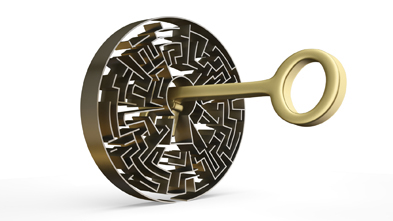
FAQs about psychogenic nonepileptic seizures (PNES)
What are the typical symptoms and signs that happen during psychogenic nonepileptic seizures (PNES)?
PNES can be vary from person to person and from time to time in their presentations. Therefore, there is no one single "typical symptom or sign" of PNES. Here we describe common symptoms (what you feel) and signs (what you or others observe) during PNES. The presence or absence of one or more of these alone does not confirm that your episodes are PNES.
Auras (or warning signs)
-Auras are changes in perception experienced before a seizure begins;
-Slightly more than 2 to 5 out of 10 persons with PNES report having auras;
-Most auras only last a few seconds or minutes before the actual PNES episode;
-Aura characteristics vary widely, but some commonly reported auras include: strange feelings, dizziness or lightheadedness, hot flashes, sweating, strange tastes or smells, sounds, visual disturbances, nausea, palpitations and headaches.
Motor (movement) symptoms and signs
-PNES motor symptoms can range from complete paralysis and mutism (not speaking) to intense thrashing and shaking movements of your arms, legs and/or head; PNES can cause people to fall to the floor.
-There is no one single movement in PNES that will allow anyone to unequivocally differentiate between PNES and epileptic seizures;
-There are, however, some types of movements that are more suggestive of PNES than of epileptic seizures. For example, pelvic forward thrusting has been noted by many researchers and physicians as highly suggestive of PNES.
Consciousness and awareness during PNES
-Cognitive functioning is often affected during both epileptic and PNES episodes;
-About half of patients with PNES report experiencing changes in consciousness/ awareness during their episodes;
-Over half of patients with PNES report having some memory of items presented during the episode or are able to recall parts of what was said or happened;
-Many patients with PNES feel "distant" from their environment during the episode, although they are not completely unconscious, similar to an "out of body" experience;
-Many patients are described as "going blank" or "absent" during a PNES episode.
Speech and sound production
-Patients with PNES are sometimes completely mute during the episode, but a whole range of possible sounds can be heard including cries, screams, growls, gasping sounds, shouting, use of profanity, and strings of recognizable words.
Injuries and loss of bladder control
-Tongue biting can occur in PNES;
-Urinary incontinence can also occur in PNES;
-Falls to the floor, cuts, bruises, bumps can occur but are not as common in PNES as they are in epileptic seizures.
Duration
-On average, PNES episodes tend to have a longer duration than epileptic seizures. However, duration of a PNES episode can be very variable.
Return to baseline
-Some doctors believe that patients bounce back quicker after a PNES episode than in an epileptic seizure, but this is not always the case. Some PNES patients report being in a daze or just not feeling like themselves for hours or even a whole day after the actual episode. Some patients report feeling very tired after an episode and need to take a nap. Others describe a sense of relief and peacefulness.
PNES during sleep
-PNES episodes can start from a state that resembles and can look exactly like sleep, although the person is actually awake (electrophysiologically, which means based on their EEG). This is known as "pre-ictal pseudo sleep."